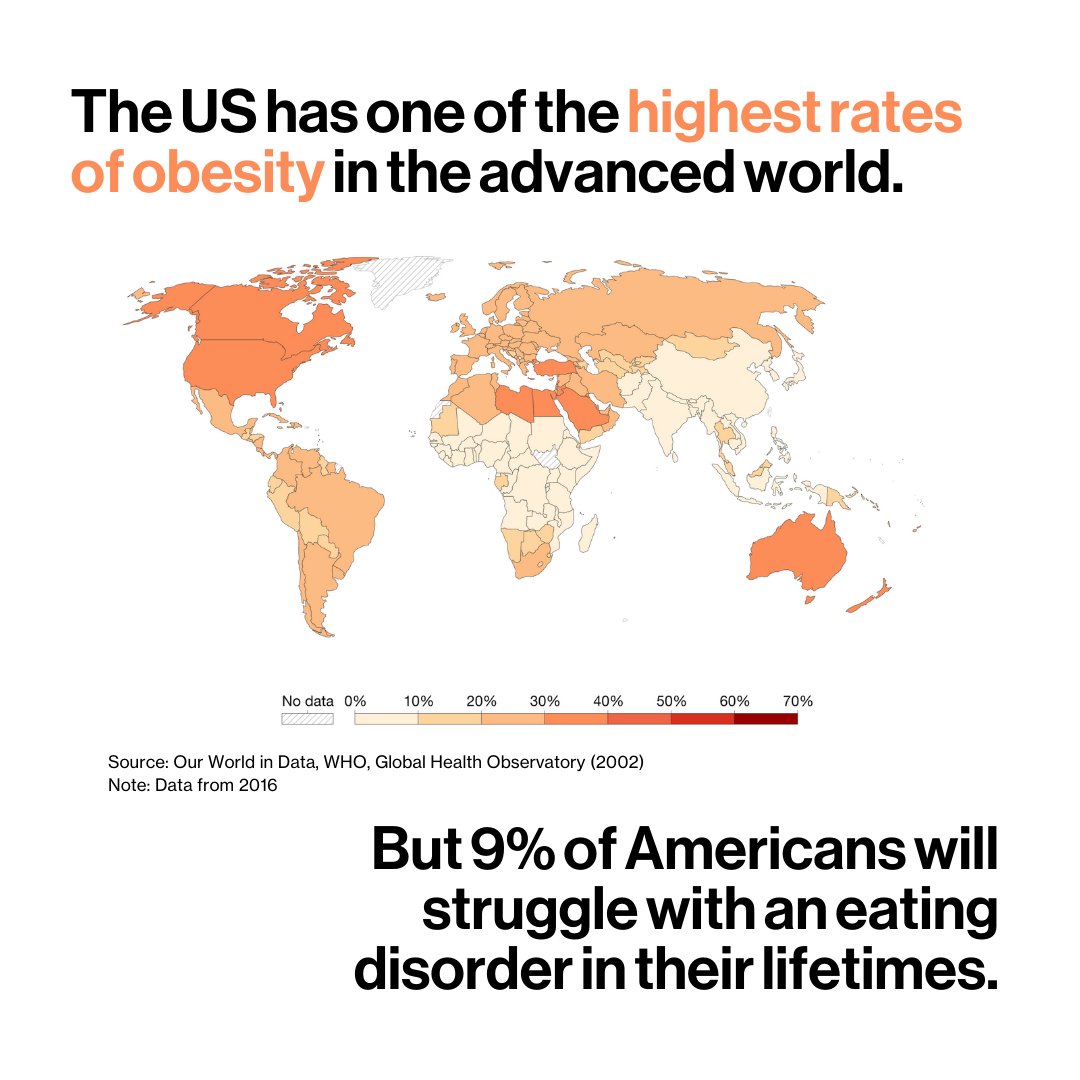
💸🪙 It’s one of the most revolutionary and over-hyped inventions of the 21st century.
And the Winklevoss twins are at the center of it.
This week’s Crash Course dives into the most recent meltdown in the crypto world iheart.com/podcast/1119-c…
And the Winklevoss twins are at the center of it.
This week’s Crash Course dives into the most recent meltdown in the crypto world iheart.com/podcast/1119-c…

Our special guest this week is @LionelRALaurent, a financial columnist covering crypto from Europe.
At one point, he explains its rise and fall in under 30 seconds iheart.com/podcast/1119-c…
At one point, he explains its rise and fall in under 30 seconds iheart.com/podcast/1119-c…
The Winklevoss twins embody the sort of collision #BloombergCrashCourse lives for: between innovation and possible hucksterism, and between authenticity and possible manipulation bloomberg.com/opinion/articl…
The feud between the billionaire twins and Barry Silbert suggests the viral currency bubble’s main legacy is a version of Hotel California, says @LionelRALaurent bloomberg.com/opinion/articl…
You can subscribe to #BloombergCrashCourse on your favorite podcast platform.
🎙️ Links: rb.gy/squhyb
🎙️ Links: rb.gy/squhyb

• • •
Missing some Tweet in this thread? You can try to
force a refresh









